AMD FreeSync Versus Nvidia G-Sync: Readers Choose
We set up camp at Newegg's Hybrid Center in City of Industry, California to test FreeSync against G-Sync in a day-long experiment involving our readers.
Meet The Players
The logistics of this scaled-up undertaking were formidable, and I have to give props to the Tom’s Hardware crew for putting everything together. I came up with the concept for a comparative experiment, but many other minds executed it.
To begin, there was AMD and Nvidia. Both companies were given the playbook in as much detail as possible each step of the way. In return, they weighed in with feedback, blessed the methodologies and, to our delight, sent representatives to attend. This proved much more valuable than I could have imaged. During setup, the two companies were able to properly configure their respective workstations, overclock to the appropriate levels (in Nvidia’s case) and watch over each others’ shoulders to confirm no foul play. They also came bearing gifts—at the end of our festivities we were able to give away several graphics cards, jerseys, water bottles and even a gaming console.
As mentioned, Digital Storm contributed in a huge way by getting our systems built and shipped out. The company wasn’t able to be there, but its foresight in sending spare machines saved us from shipping damage and one overworked power supply. It was a shame that preserving the experiment’s integrity meant hiding the boxes from view. They really were clean builds. We just couldn’t risk someone peeking inside or catching a glimpse of a rear I/O panel.
We needed a venue large enough to host more attendees, more sponsors and a lot more hardware. Newegg stepped up and let us use its Hybrid Center in City of Industry. Additionally, several Newegg employees showed up bright and early on a Saturday morning to help us set up and to support us throughout the day. They were the first to arrive and the last to leave; we couldn’t have done it without them. On a tangent, if you live in Southern California and shop at Newegg, having the Hybrid Center hold your order for will-call gives you a great excuse to get hands-on with a lot of the technology out on display. It’s really a cool destination tucked away amongst the huge warehouses that typify the area.
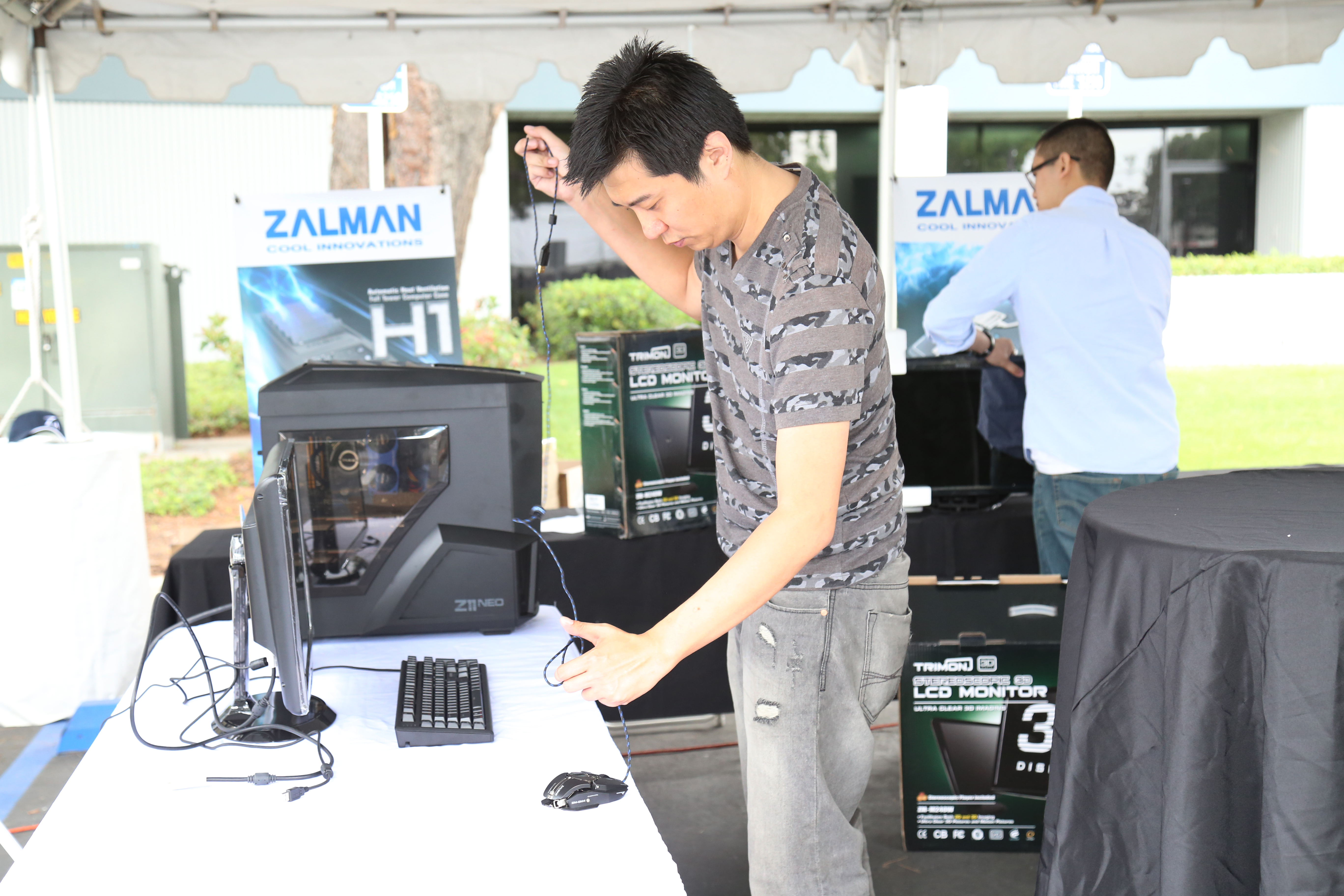
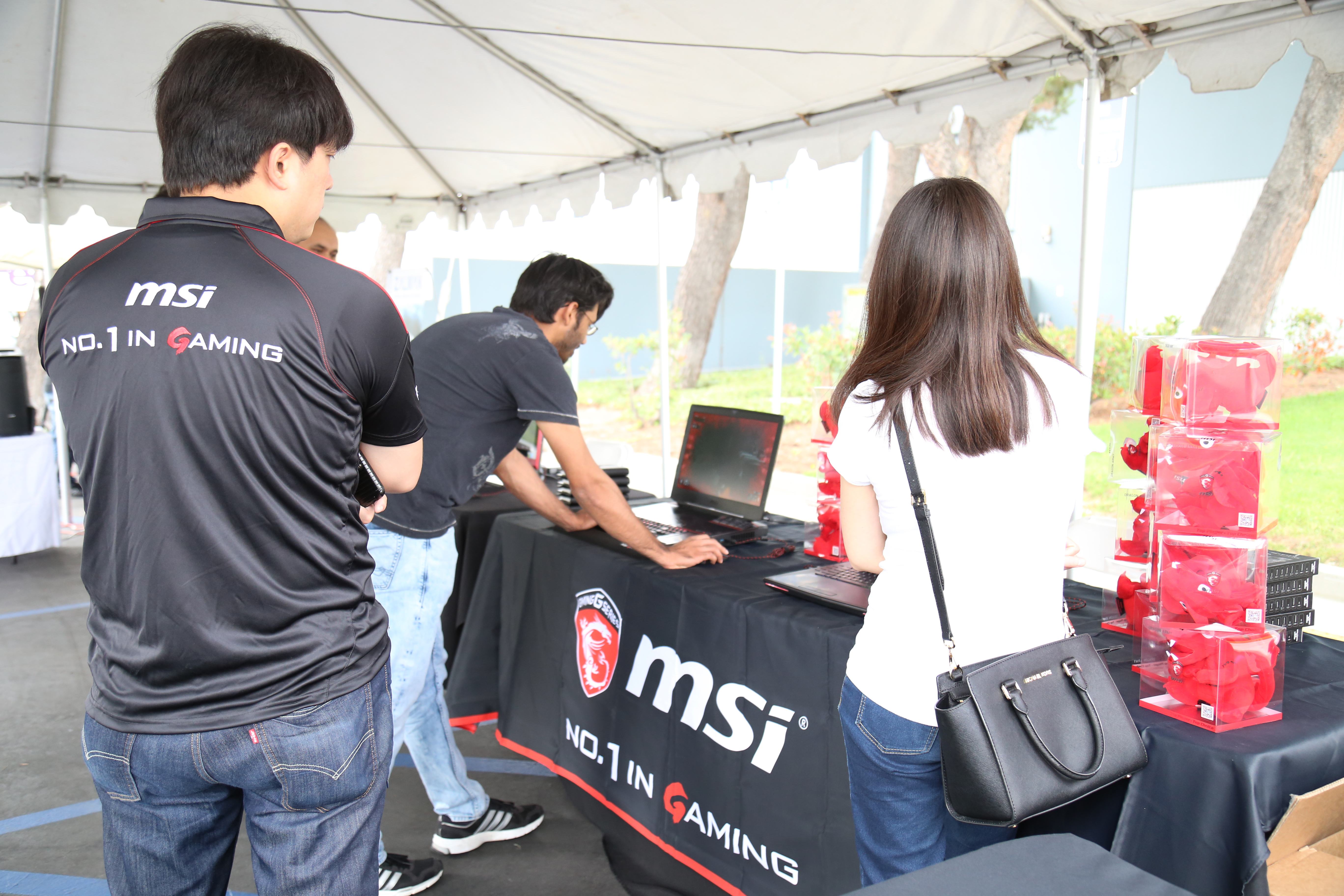


The day was destined to be a long one, so we considered it imperative to have activities on-hand to keep our readers entertained. MSI and Zalman both showed up in force with gaming laptops, peripherals, motherboards and the manpower to field questions all day long. Both companies occupied tents outside, flanked by plenty of food and drink (again, provided by Newegg), as each group of eight attendees cycled through the “lab” we built in the Hybrid Center’s lobby. Inside, AMD showcased its prototype of Quantum, with two Fiji GPUs inside, powering Oculus Rift and Crytek's Back to Dinosaur Island 2 demo. Everyone who expressed interest was ushered to a back room, introduced to Quantum and allowed some time to experience a bit of gameplay that few others have seen. A special thanks to AMD for giving our readers the chance to go hands-on with such an exclusive treat.

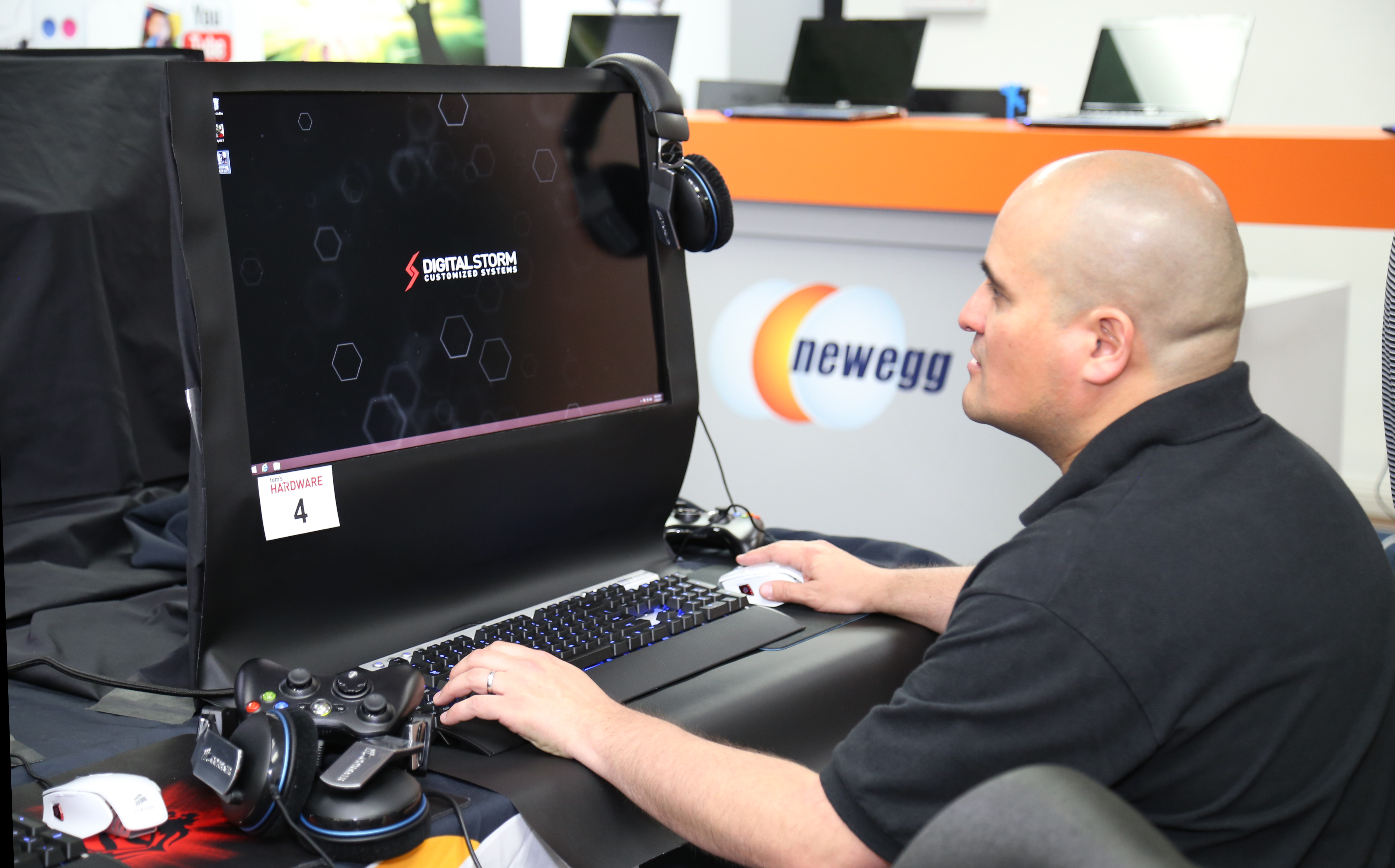

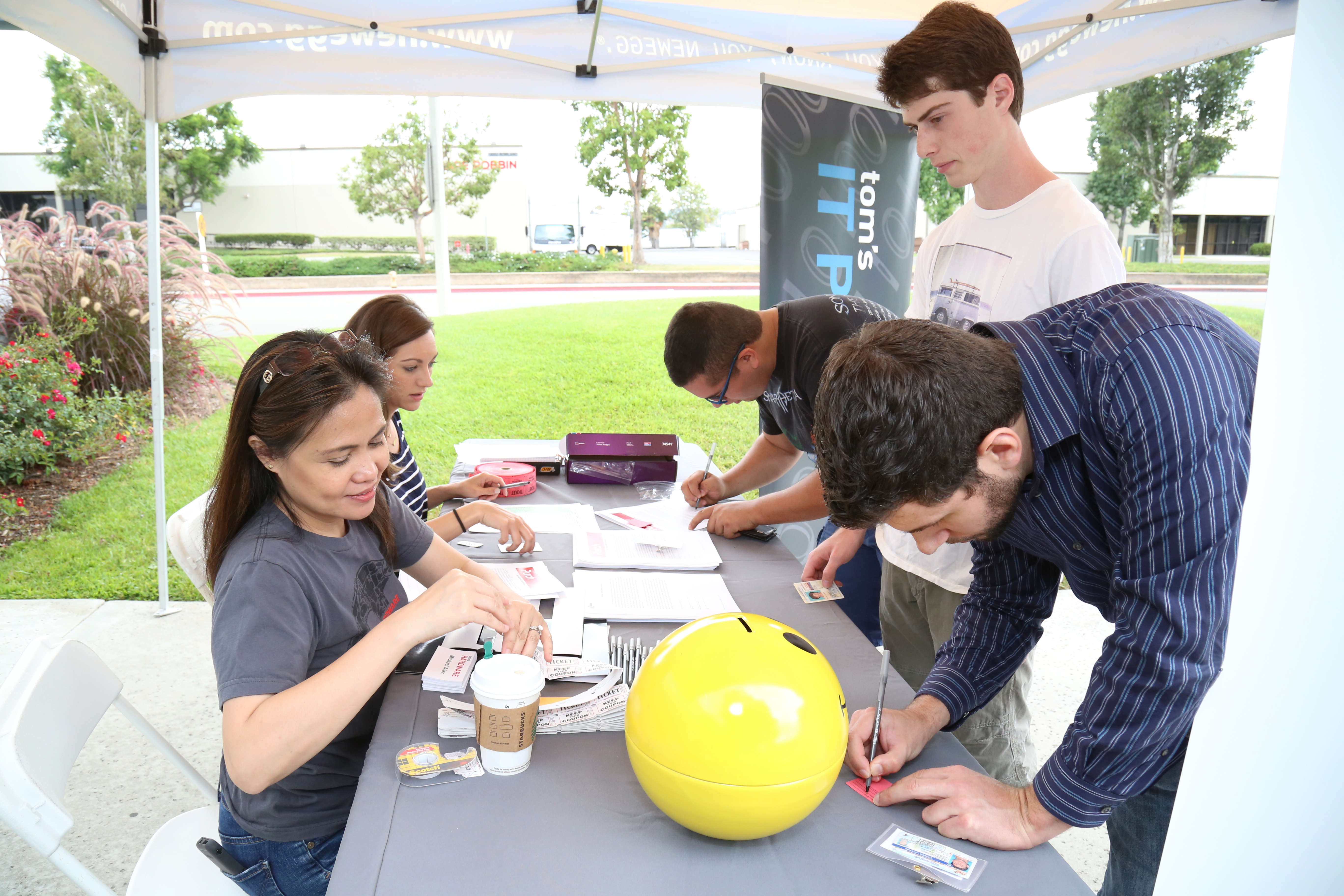
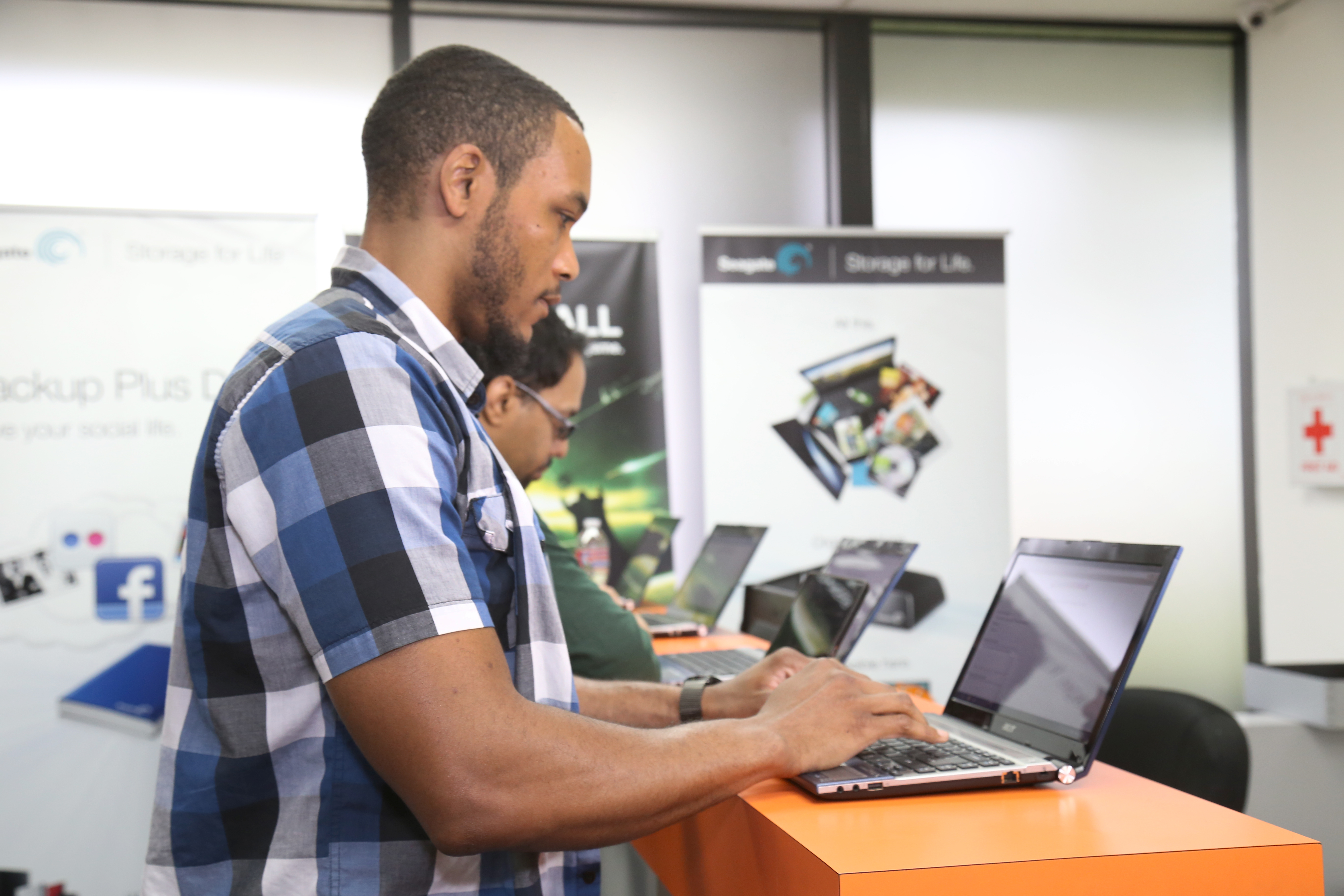
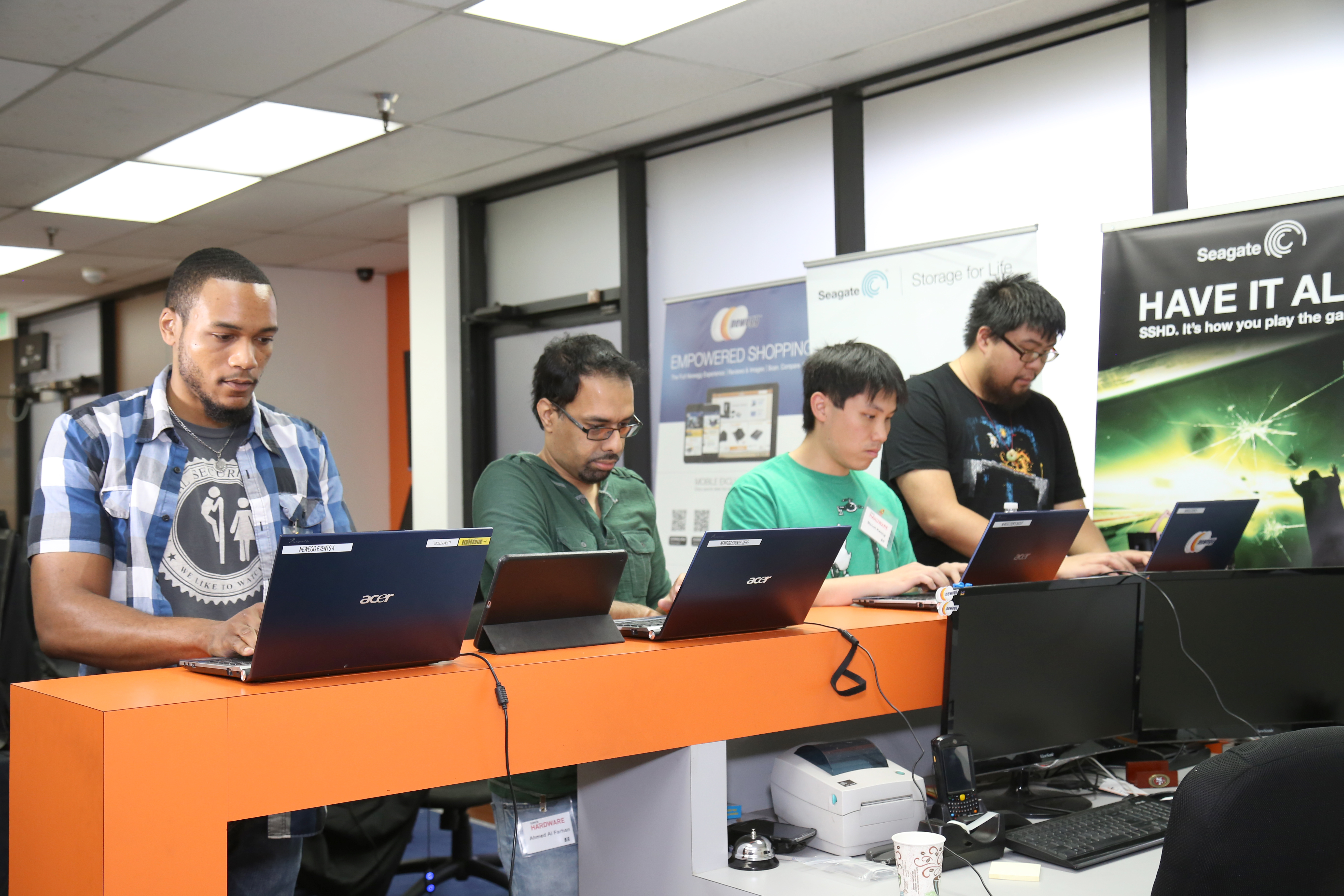
Of course, I also have to thank the Tom’s Hardware staffers who spent time installing games onto the test platforms, building covers to hide the monitor bezels and stands, registering members of the Tom’s Hardware community online so we knew who to expect, checking everyone in on-site and proctoring the electronic questionnaire that collected data after each group finished the experiment.
Get Tom's Hardware's best news and in-depth reviews, straight to your inbox.
-
Wisecracker With your wacky variables, and subsequent weak excuses, explanations and conclusions, this is not your best work.Reply
-
NethJC Both of these technologies are useless. How bout we start producing more high refresh panels ? It's as simple as that. This whole adaptive sync garbage is exactly that: garbage.Reply
I still have a Sony CPD-G500 which is nearing 20 years old and it still kicks the craps out of every LCD/LED panel I have seen.
-
AndrewJacksonZA Thank you for the event and thank you for your write up. Also, thank you for a great deal of transparency! :-)Reply -
Vlad Rose So, 38% of your test group are Nvidia fanboys and 8% are AMD fanboys. Wouldn't you think the results would be skewed as to which technology is better? G-Sync may very well be better, but that 30% bias makes this article irrelevant as a result.Reply -
jkrui01 as always on toms, nvidia and intel wins, why bother making this stupid tests, just review nvida an intel hardware only, or better still, just post the pics and a "buy now" link on the page.Reply -
loki1944 ReplyBoth of these technologies are useless. How bout we start producing more high refresh panels ? It's as simple as that. This whole adaptive sync garbage is exactly that: garbage.
I still have a Sony CPD-G500 which is nearing 20 years old and it still kicks the craps out of every LCD/LED panel I have seen.
Gsync is way overhyped; I can't even tell the difference with my ROG Swift; games definitely do not feel any smoother with Gsync on. I'm willing to bet Freesync is the same way. -
Traciatim It seems with these hardware combinations and even through the mess of the problems with the tests that NVidia's G-Sync provides an obviously better user experience. It's really unfortunate about the costs and other drawbacks (like only full screen).Reply
I would really like to see this tech applied to larger panels like a TV. It would be interesting considering films being shot at 24, 29.97, 30, 48 and 60FPS from different sources all being able to be displayed at their native frame rate with no judder or frame pacing tools (like 120hz frame interpolation) that change the image. -
cats_Paw "Our community members in attendance now know what they were playing on. "Reply
Thats when you lost my interest.
It is proven that if you give a person this information they will be affected by it, and that unfortunatelly defeats the whole purpose of using subjective opinions of test subjects to evaluate real life performance rather than scientific facts (as frames per second).
too bad since the article seemed to be very interesting. -
omgBlur ReplyBoth of these technologies are useless. How bout we start producing more high refresh panels ? It's as simple as that. This whole adaptive sync garbage is exactly that: garbage.
I still have a Sony CPD-G500 which is nearing 20 years old and it still kicks the craps out of every LCD/LED panel I have seen.
Gsync is way overhyped; I can't even tell the difference with my ROG Swift; games definitely do not feel any smoother with Gsync on. I'm willing to bet Freesync is the same way.
Speak for yourself, I invested in the ROG Swift and noticed the difference. This technology allows me to put out higher graphics settings on a single card @ 1440p and while the fps bounces around worse than a Mexican jumping bean, it all looks buttery smooth. Playing AAA games, I'm usually in the 80s, but when the game gets going with explosions and particle effects, it bounces to as low as 40. No stuttering, no screen tearing.
